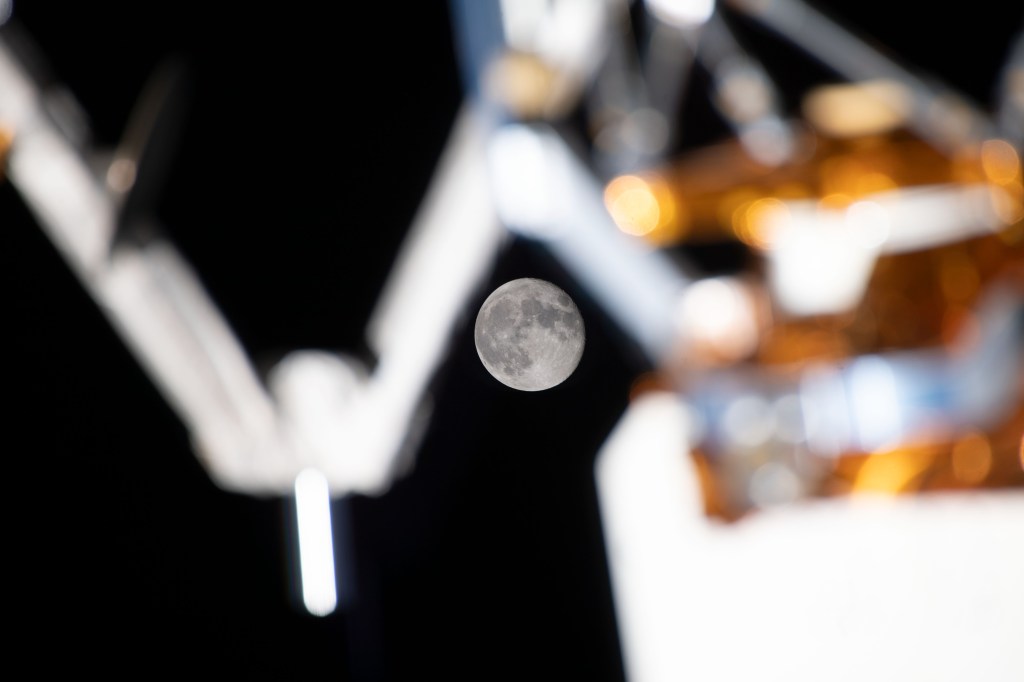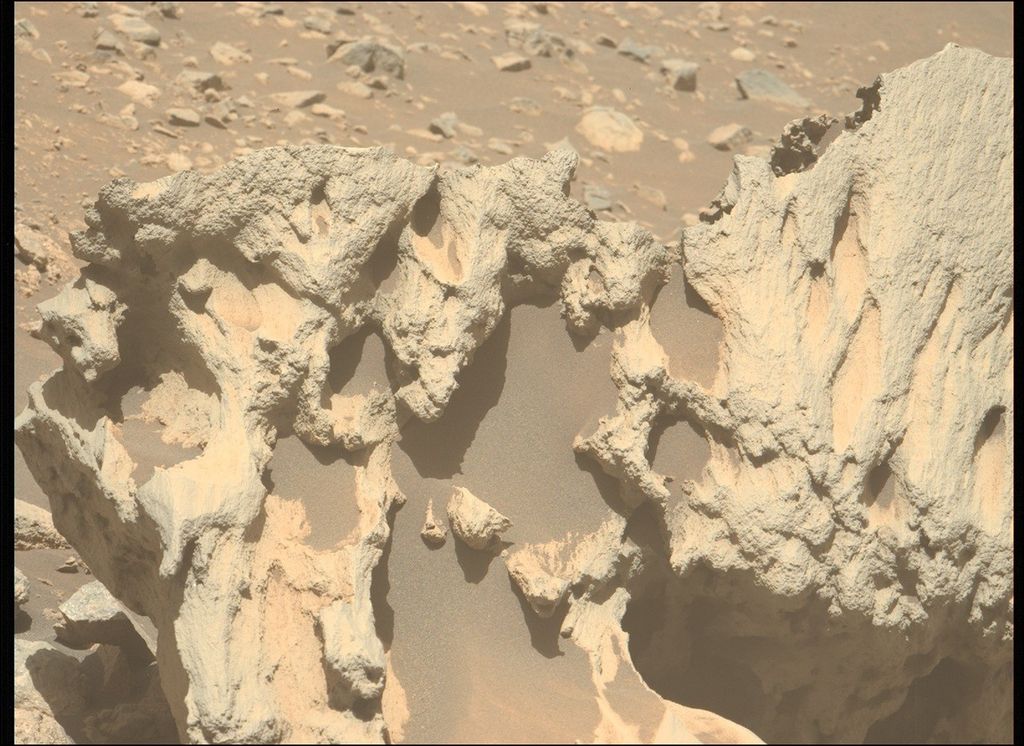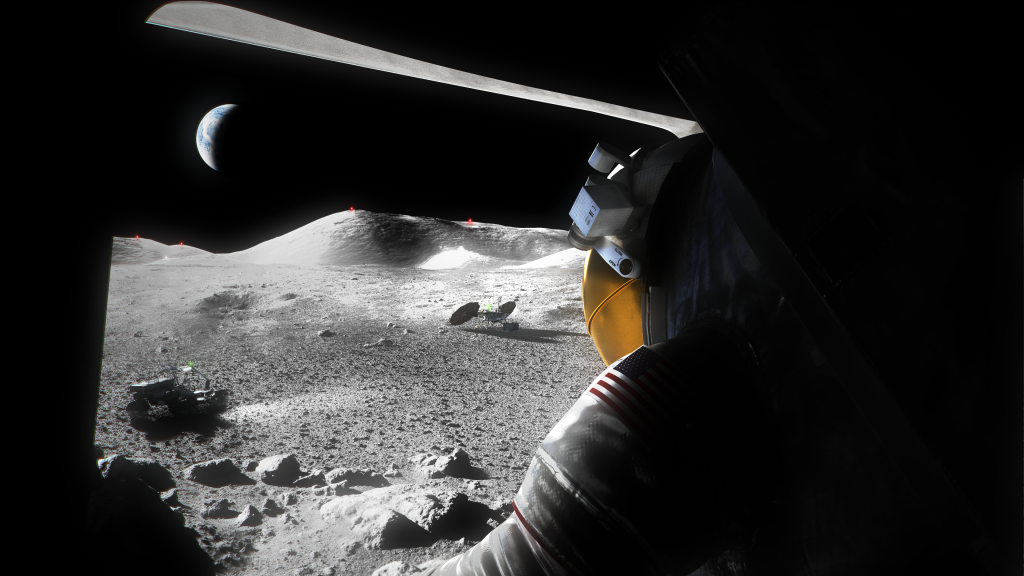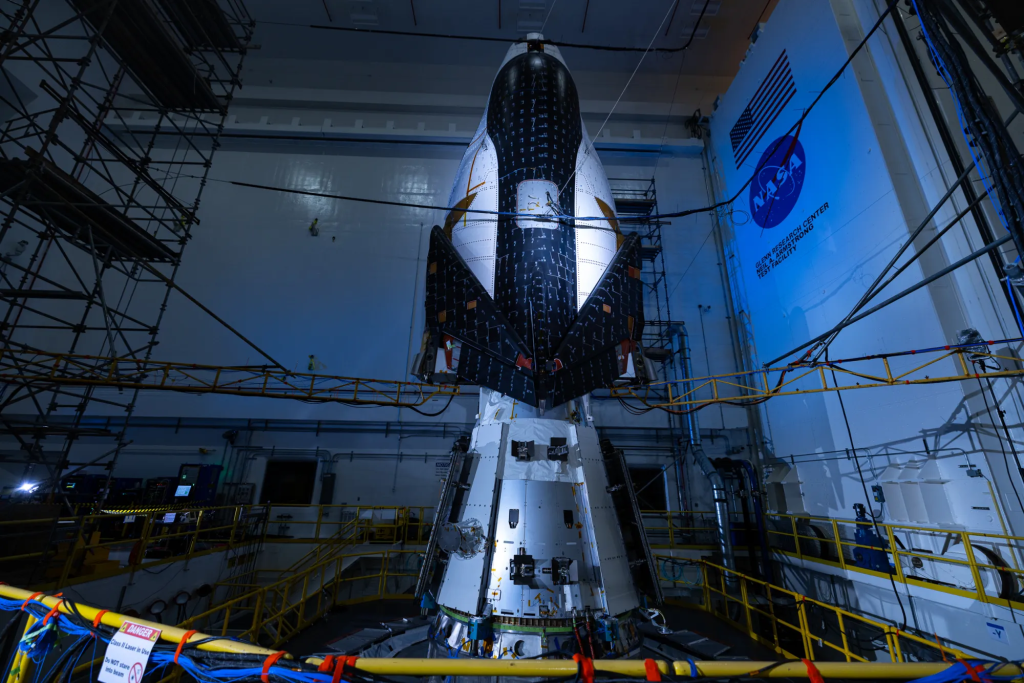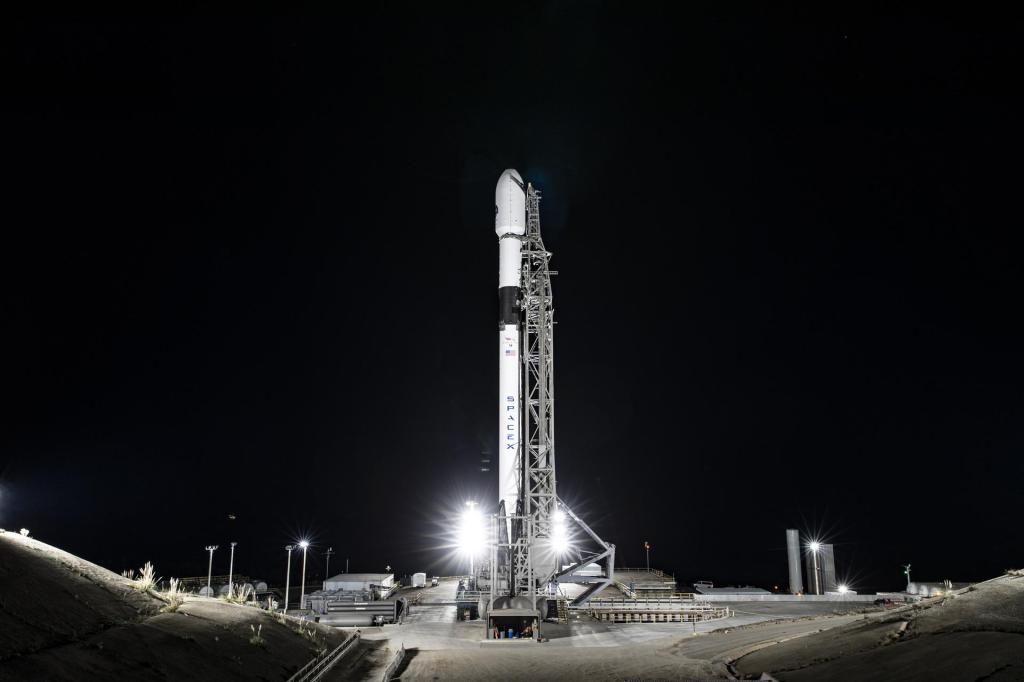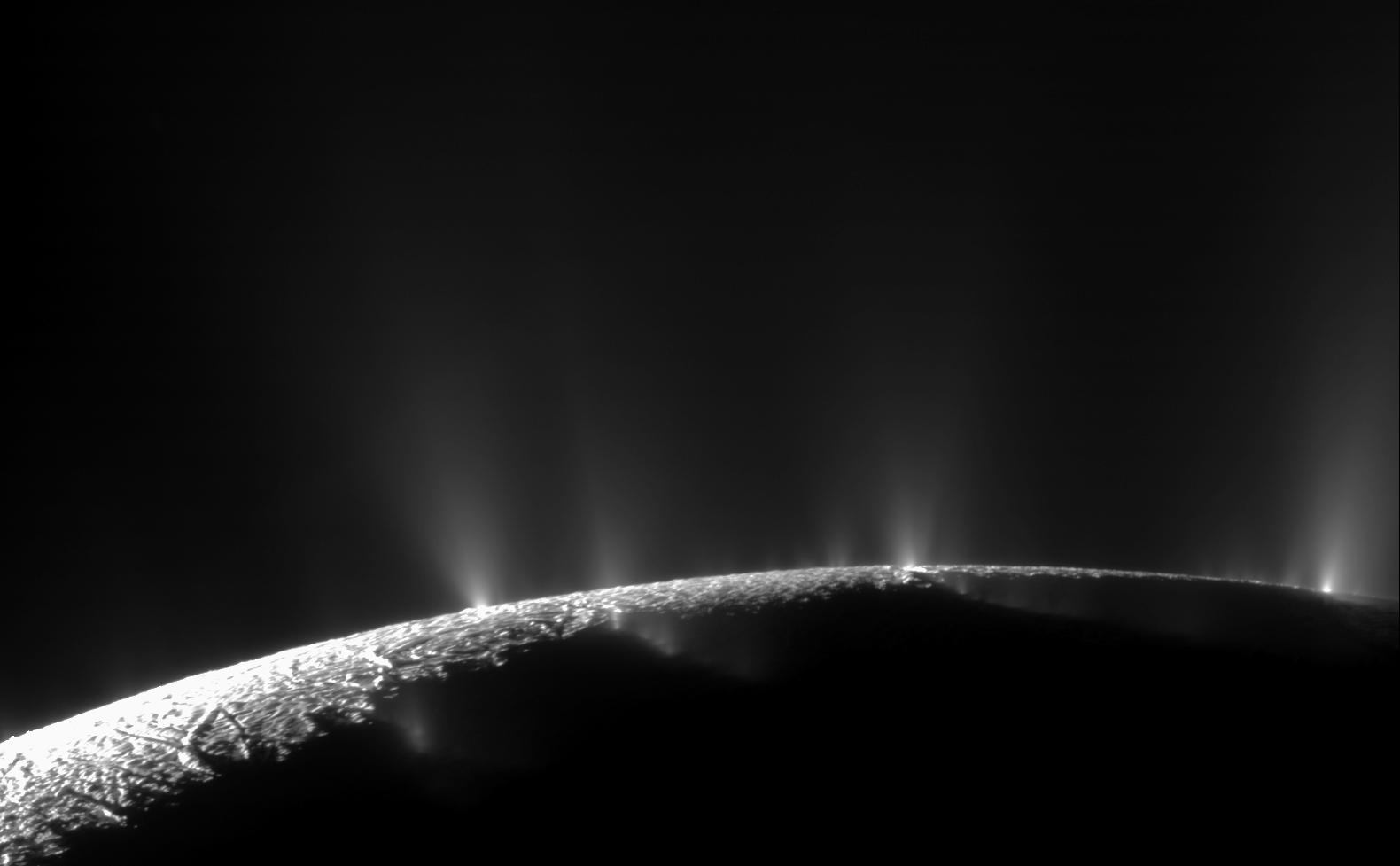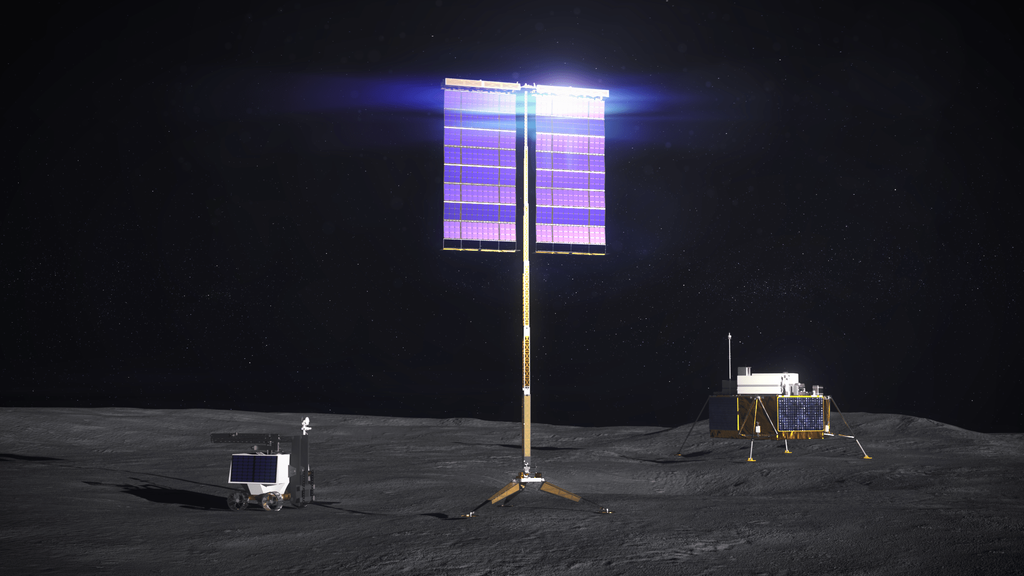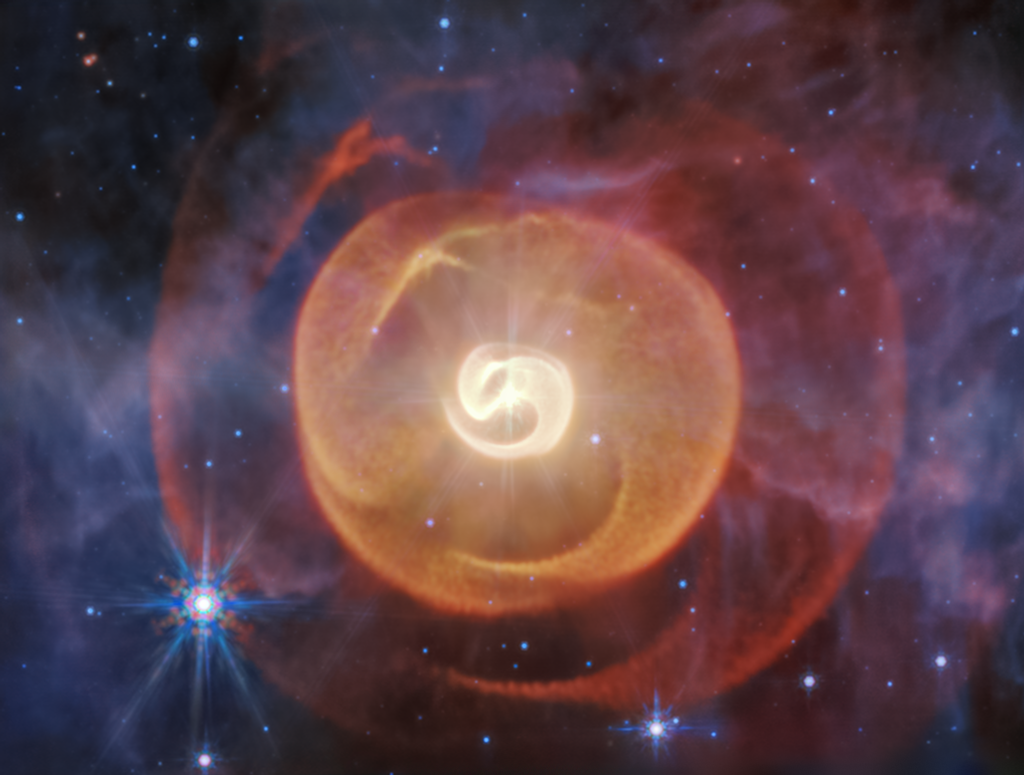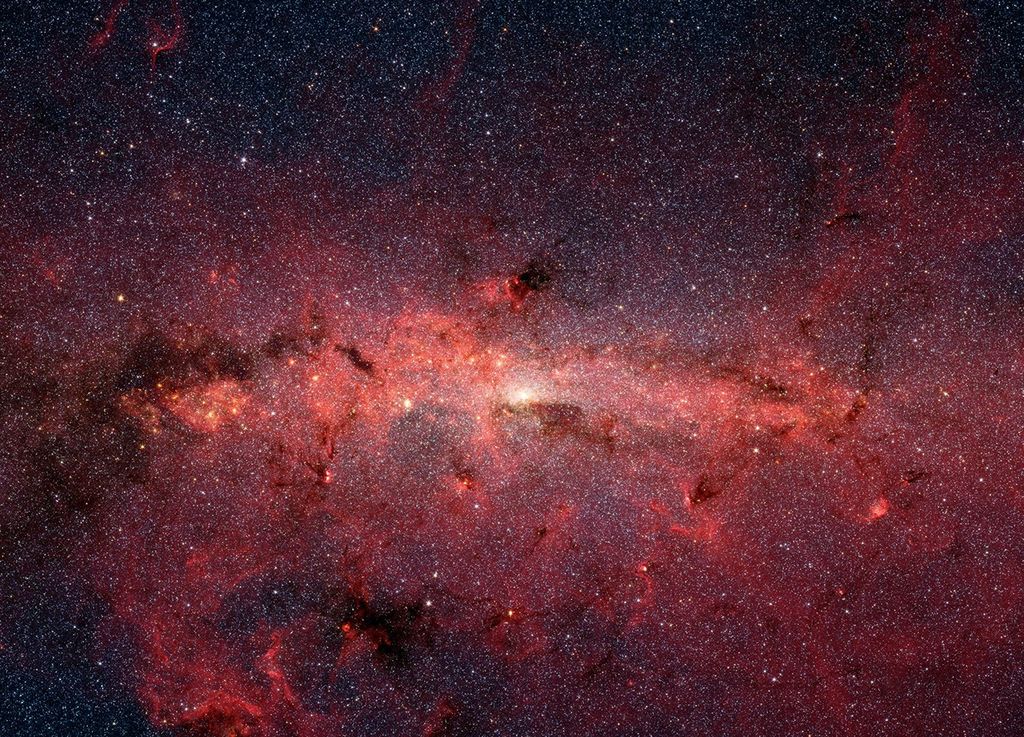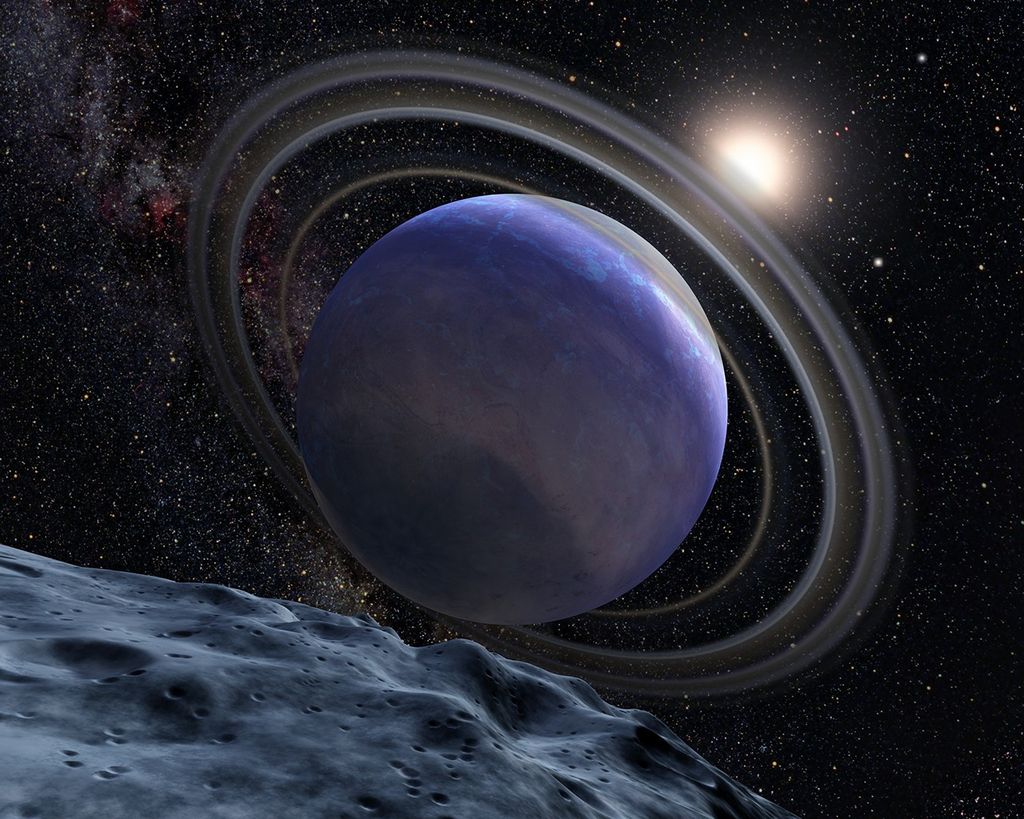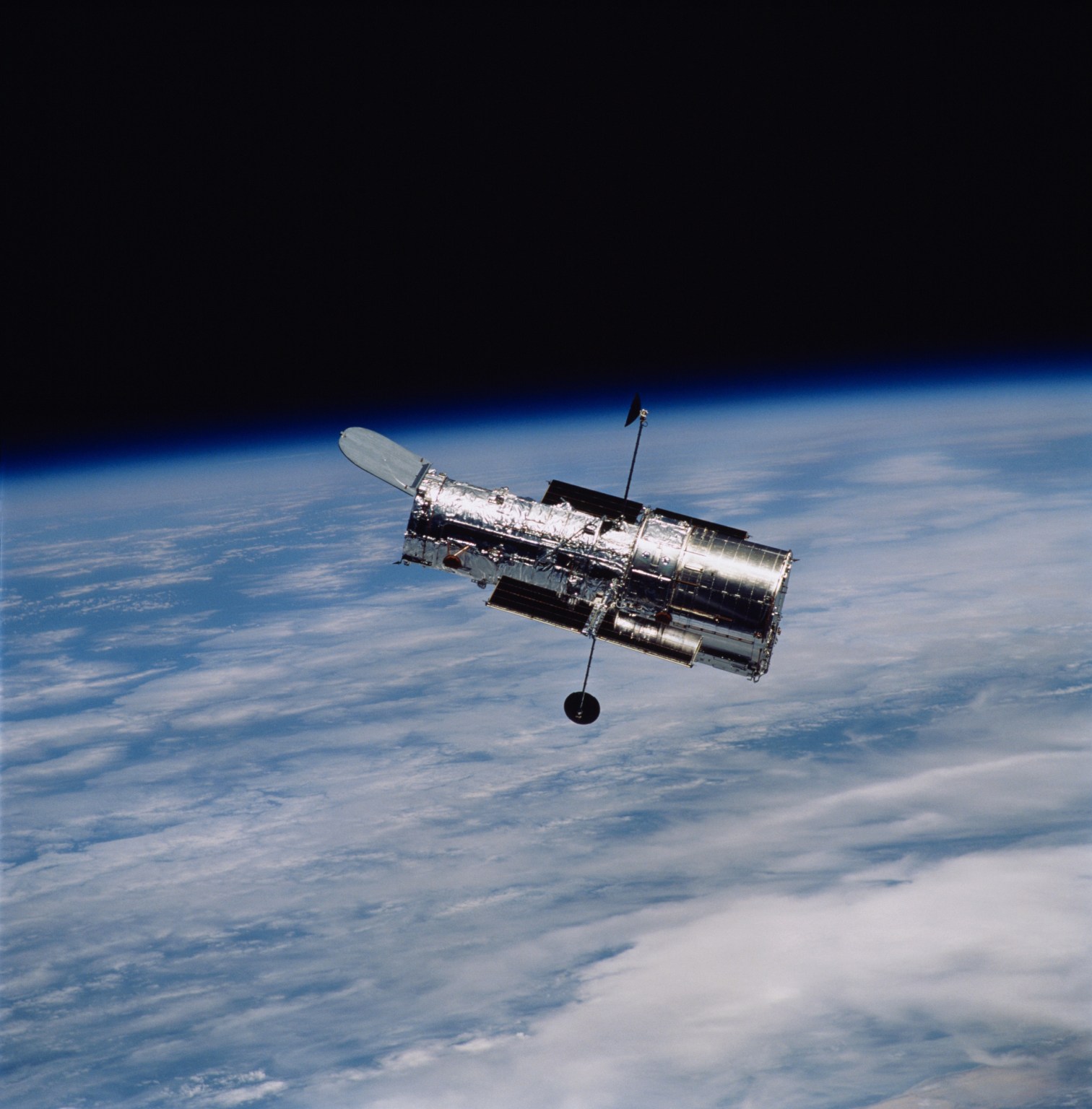1 min read
Schematic of Comet C/2017 K2’s Approach to the Solar System

Comet K2's Orbit
This illustration shows the orbit of comet C/2017 K2 PANSTARRS (K2) on its maiden voyage into the solar system. The Hubble Space Telescope observed K2 when it was 1.5 billion miles from the Sun, halfway between the orbits of Saturn and Uranus. The observations revealed a fuzzy cloud of dust, called a coma, surrounding the icy visitor, evidence that the frozen comet is being warmed by the Sun and releasing material. K2 is the farthest active inbound comet ever observed.
K2 has been traveling toward the Sun for millions of years from its home in the Oort Cloud, a spherical region at the edge of our solar system. The graphic shows the comet in its inbound journey, high above the plane of the major planets' orbits. The orbits of the giant planets, from Jupiter to Neptune, are also shown in the diagram. The farthest object from the Sun depicted here is the dwarf planet Pluto, which resides in the Kuiper Belt, a vast rim of primordial debris encircling our solar system.
- Release DateSeptember 28, 2017
- Science ReleaseNASA’s Hubble Observes the Farthest Active Inbound Comet Yet Seen
- Credit
Related Images & Videos

Distant Active Comet C/2017 K2
Hubble Uncovers the Farthest Active Inbound Comet Yet Seen This Hubble Space Telescope image shows a fuzzy cloud of dust, called a coma, surrounding the comet C/2017 K2 PANSTARRS (K2), the farthest active comet ever observed entering the solar system. Hubble snapped images of...

Hubble Uncovers the Farthest Active Inbound Comet Yet Seen
NASA’s Hubble Space Telescope observed the farthest-discovered active inbound comet, Comet K2. K2 came from the distant Oort Cloud and is visiting our inner solar system for the first (and only) time. Since we’re seeing it so far away, past the orbit of Saturn, K2 is still in...
Share
Details
Claire Andreoli
NASA’s Goddard Space Flight Center
Greenbelt, Maryland
claire.andreoli@nasa.gov



